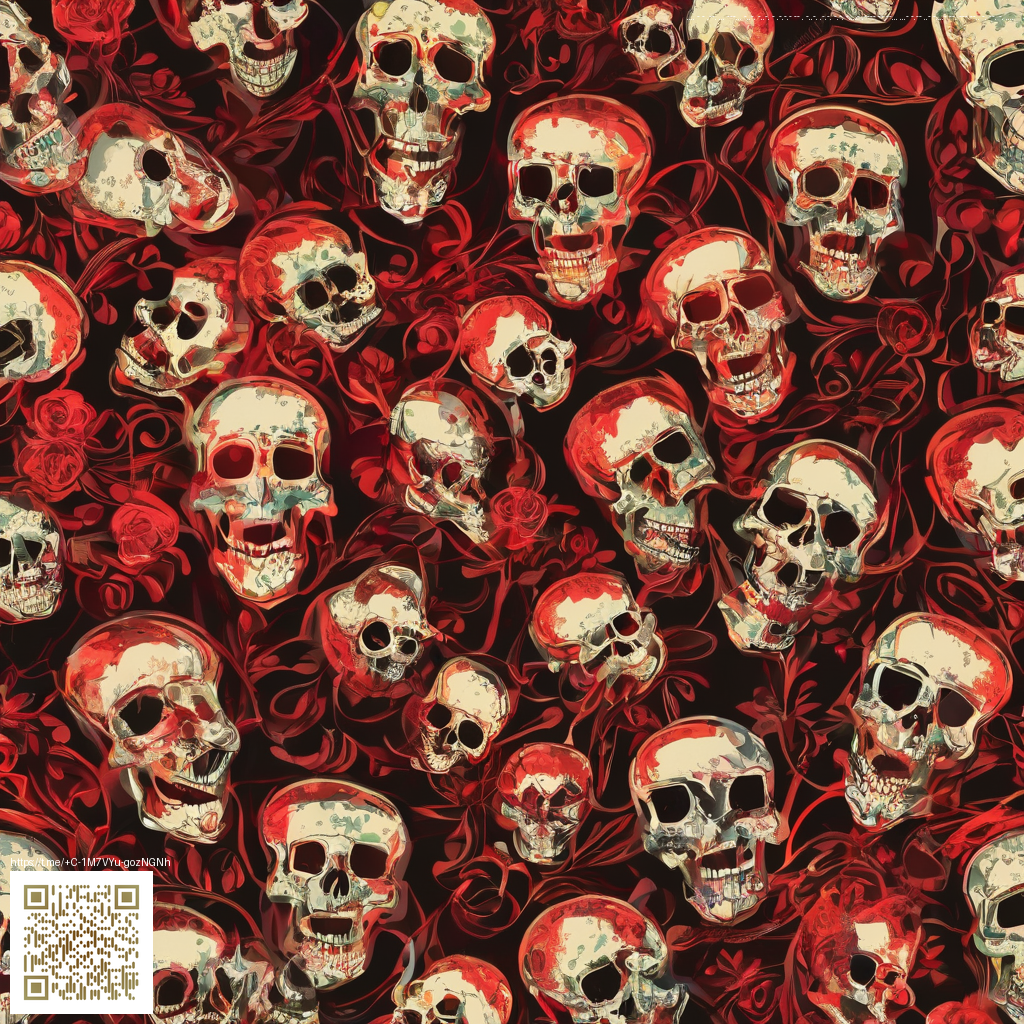
Pixel Art Mastery for Game Development
Pixel art remains a powerful language for storytelling in games. Its deliberate constraints force artists to craft characters, environments, and items with a clarity that digital textures sometimes struggle to convey. Whether you're building a compact platformer or a sprawling RPG, the artistry of tiny squares can communicate mood, era, and personality faster than high-resolution alternatives. The key is to treat each sprite as a story beat—every pixel should earn its place on the grid.
Foundations matter. A well-considered grid, a cohesive palette, and consistent sizing are not restrictions but design tools. Classic 8-bit and 16-bit aesthetics rely on repeatable tile patterns and sprite sheets. When you define your palette—say, a tight set of 8 to 16 colors—you create a recognizable visual language that remains legible at different scales and in motion. Always test assets at the smallest target resolution; if a character looks muddy at 8x8, adjust your palette and outline thickness rather than piling on detail.
Tools and techniques to accelerate your workflow
- Aseprite: a dedicated pixel editor with timeline-based animation support and robust export options.
- Piskel: a web-based, collaborative option for quick iterations and sharing sprite sheets.
- Procreate or Photoshop with a pixel-grid setup for concepting rough silhouettes before committing to pixel-by-pixel polish.
- Texture atlases and sprite sheets: keep animations compact by packing frames into a single texture to reduce draw calls in engines.
For those who are just starting, begin with a simple character at 16x16 or 32x32. Draw a few walks cycles and a couple of attacks; you’ll quickly learn how to convey motion with minimal frames. A typical workflow moves from rough sketches on paper or a blank canvas, to a strict palette definition, to pixel-by-pixel detailing, and finally to exported PNG sprites that fit neatly into your engine’s import pipeline.
“Pixels are tiny storytelling devices. When you choreograph a walk cycle, you’re composing rhythm, personality, and intent in discrete steps.”
Animation and readability go hand in hand. Use crisp outlines sparingly and reserve higher contrast for key silhouettes. In engine terms, this translates to careful texture size choices, consistent filtering, and testing on target hardware. If you’re prototyping on the go, you might appreciate lightweight gear; even something as simple as protecting your development device with a slim, flexible case can help you focus on work rather than wobbly corners and accidental drops. For a practical option, consider the Clear Silicone Phone Case — Slim, Flexible Protection to keep your setup intact as you sketch, test, and iterate. And for further inspiration on layout and look-and-feel, you can review examples on the linked reference page at https://horror-static.zero-static.xyz/6dc19199.html.
Finally, optimize with the end in mind. Pixel art shines when the asset counts are modest and the animation states are well defined. When you export, verify that the transparency channels are clean, colors are within your defined palette, and frames line up perfectly on the grid. In many engines, tiny tweaks to anchor points or pivot points make the difference between a sprite that feels clunky and one that moves with fluid charm.
Putting it into practice: a starter checklist
- Define a limited palette and keep it consistent across all assets.
- Choose sprite sizes that suit your game’s scale (8x8, 16x16, 32x32 are common starting points).
- Create robust sprite sheets with evenly spaced frames for easy animation.
- Test in-engine with simple scenes to verify readability and motion.
- Document your color codes and tile references to streamline collaboration.